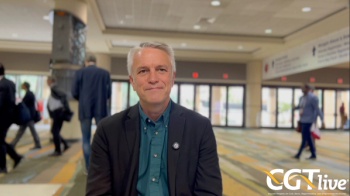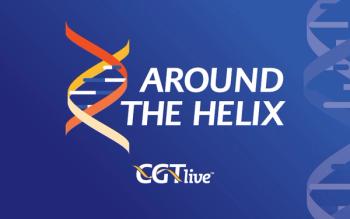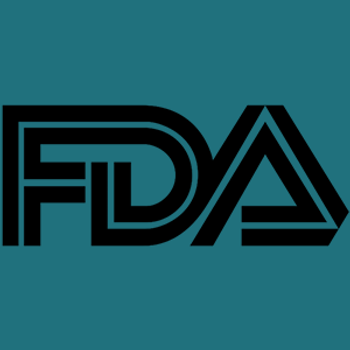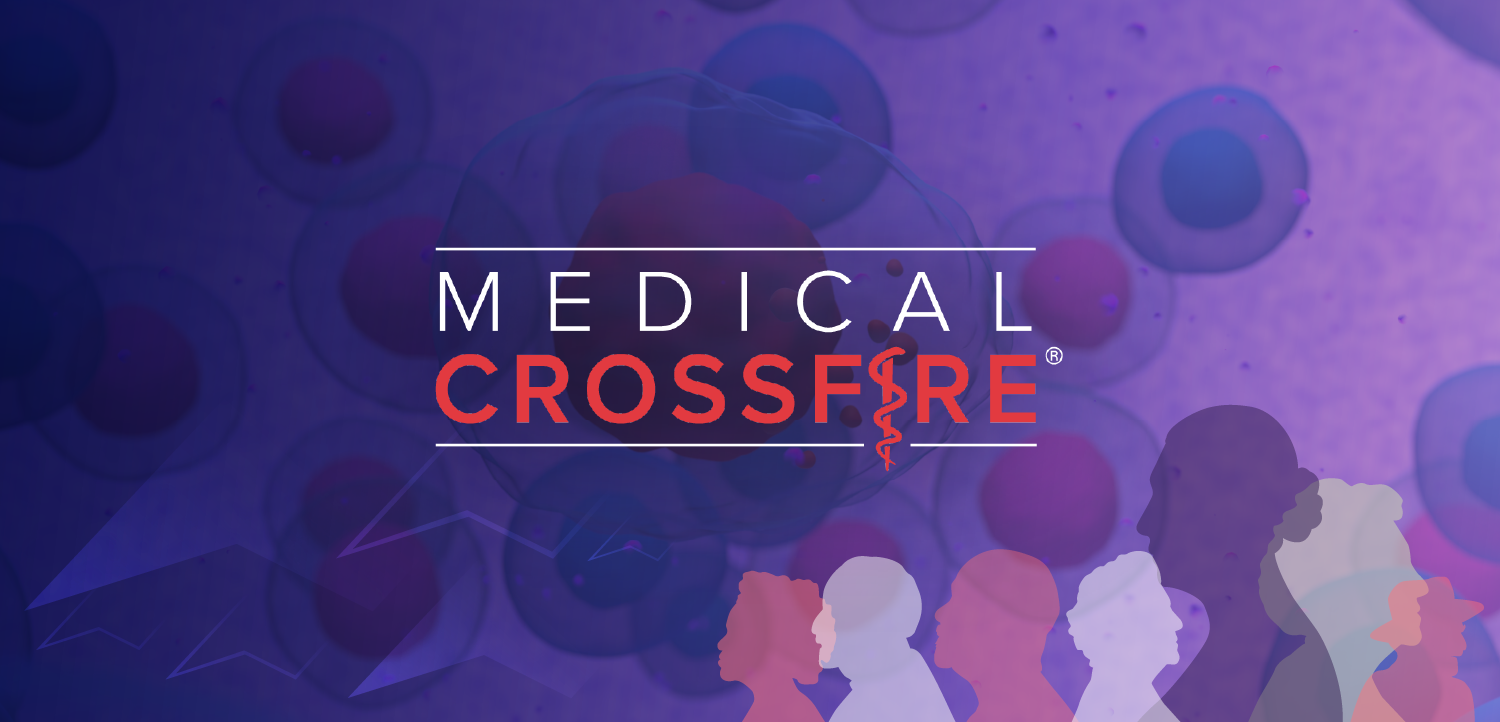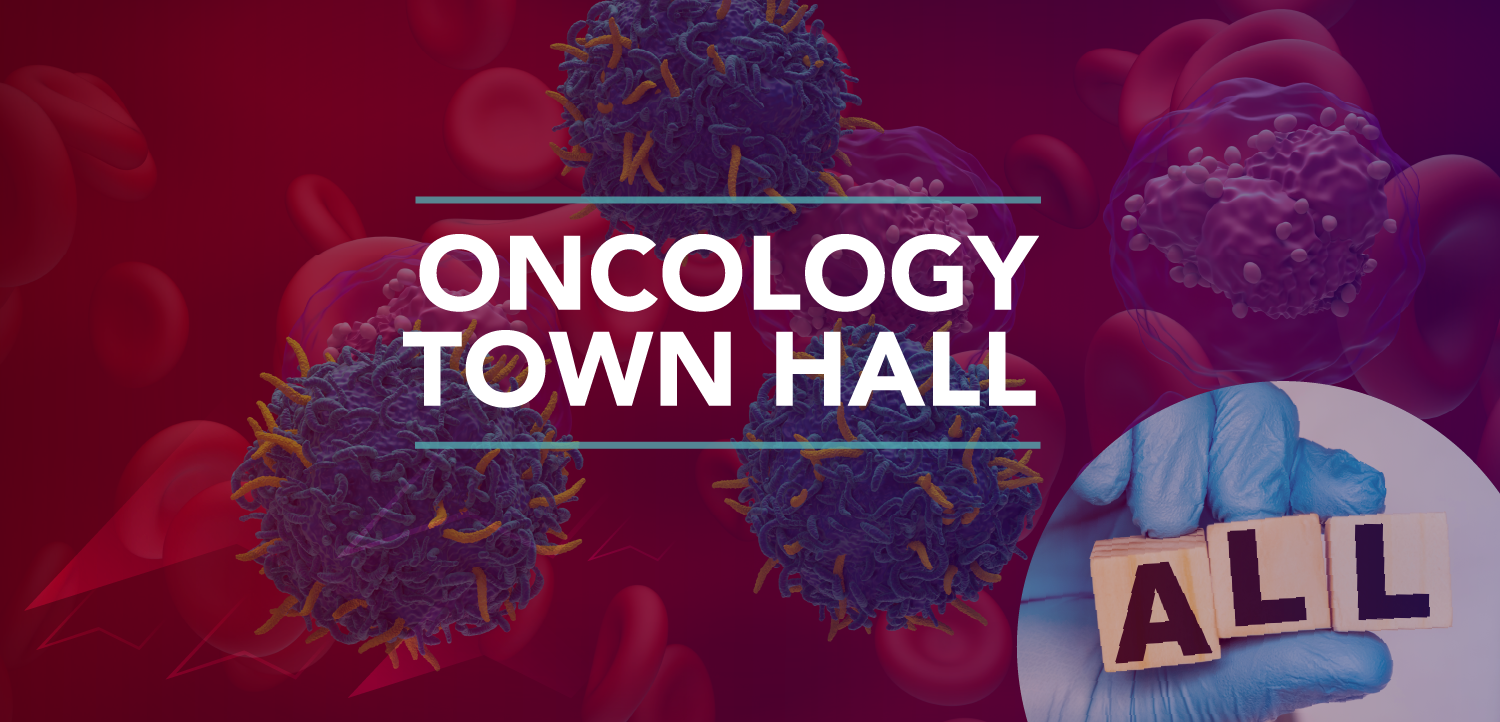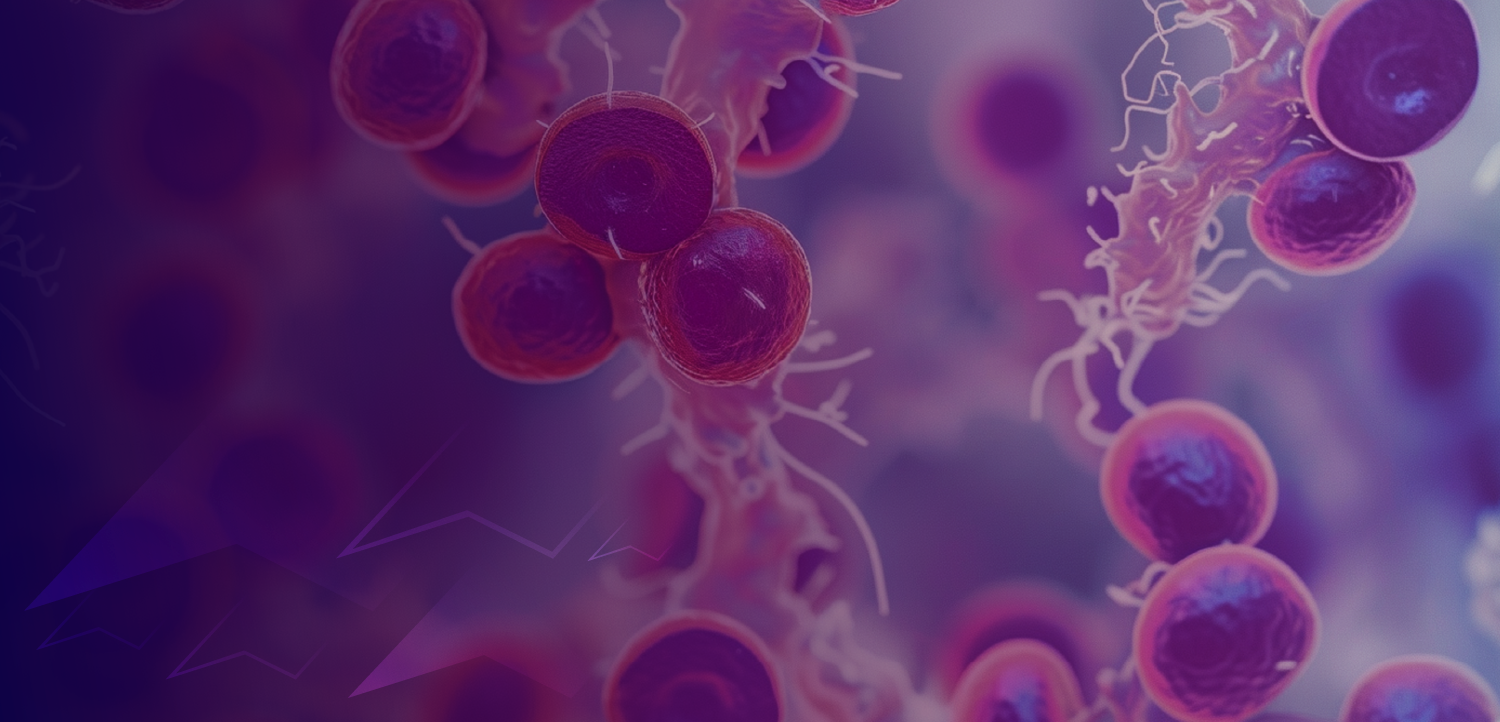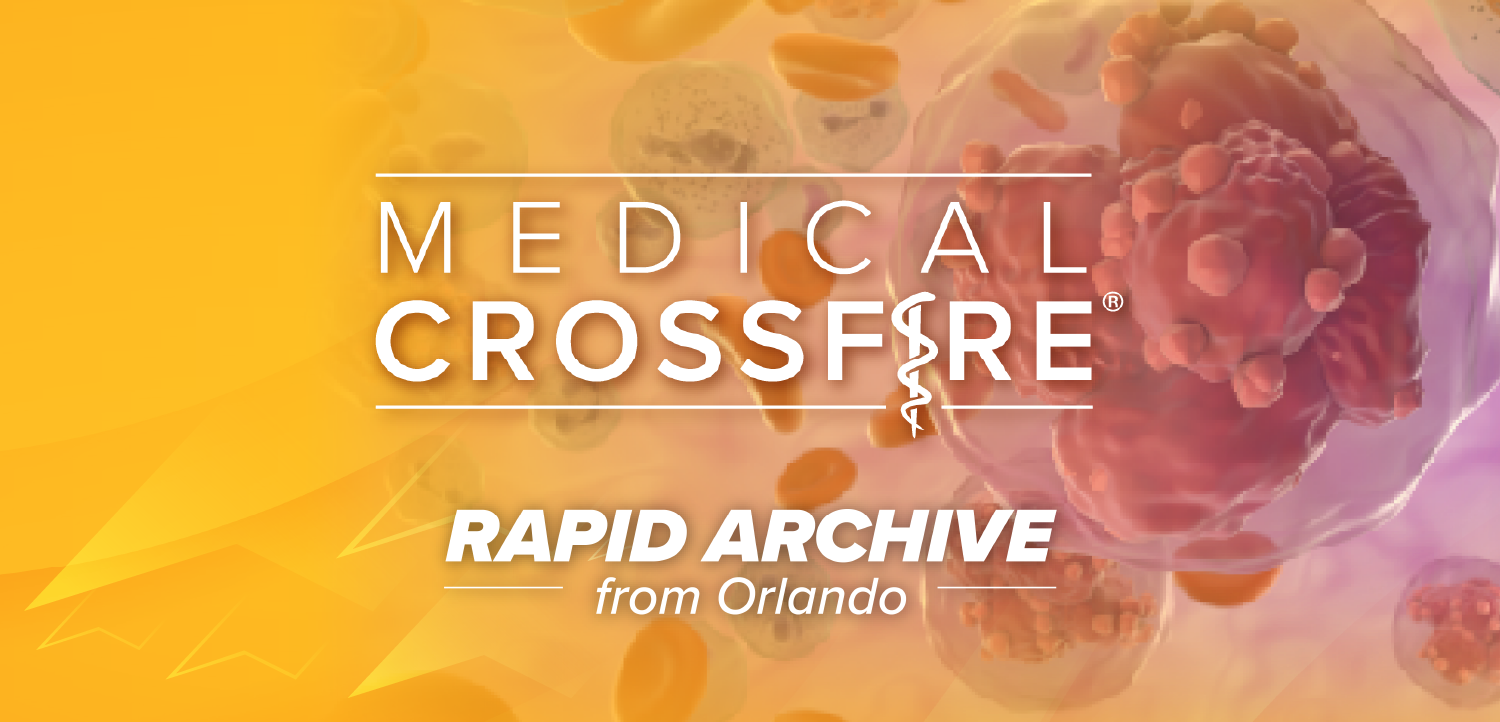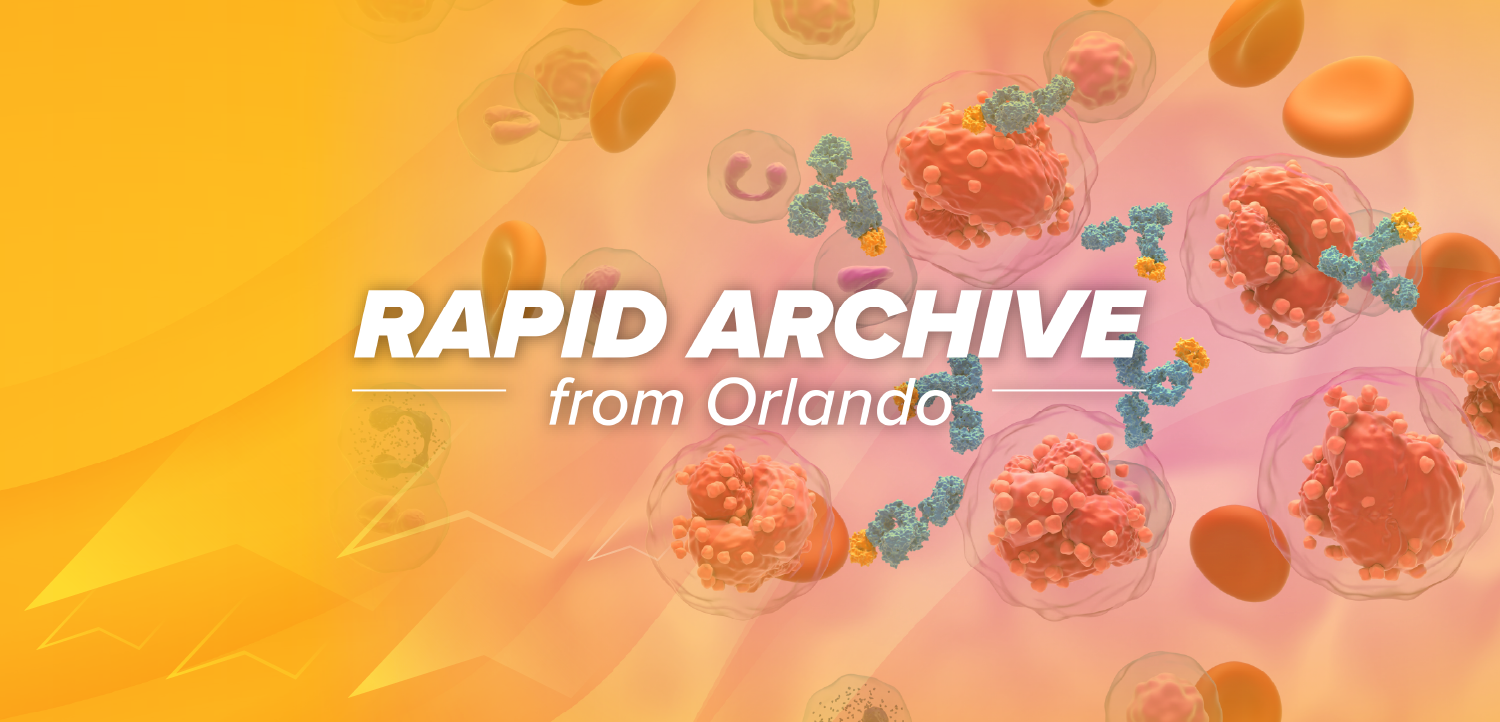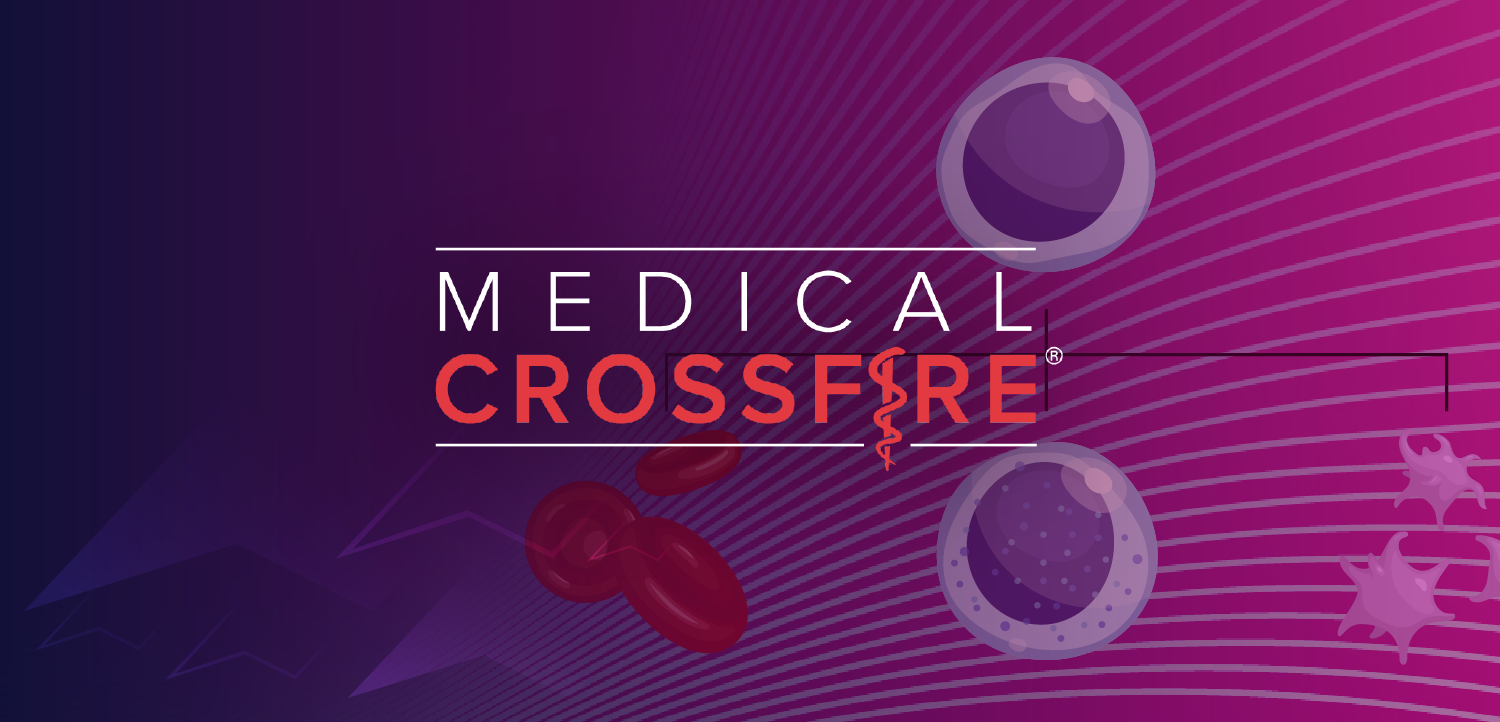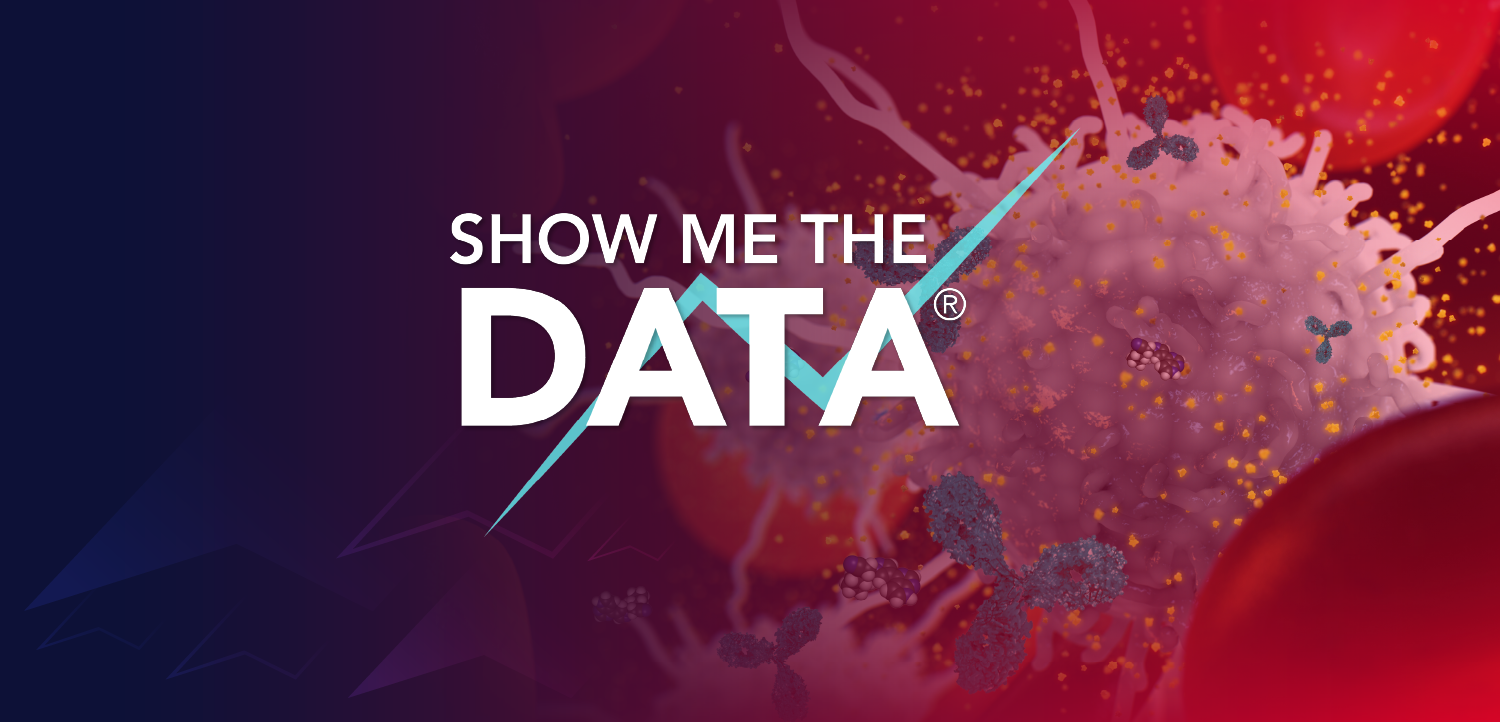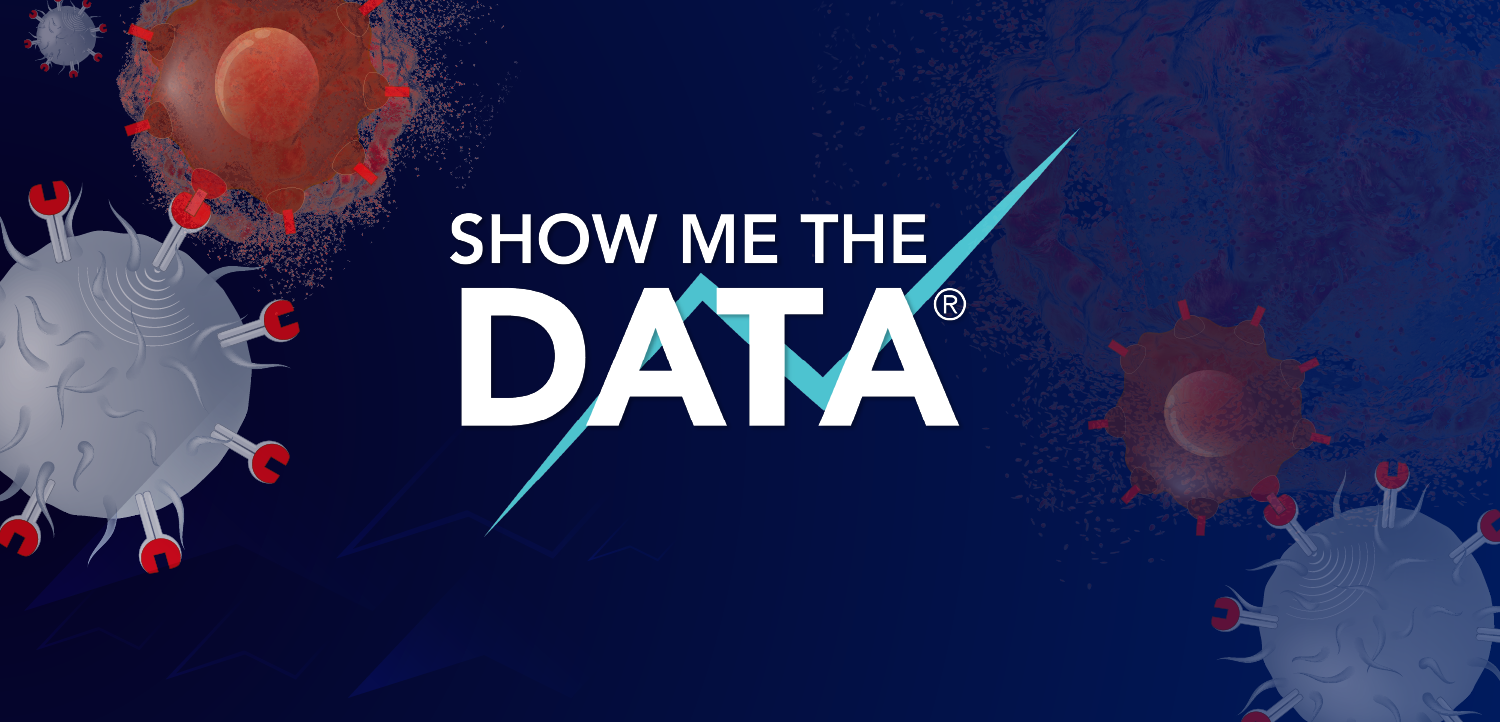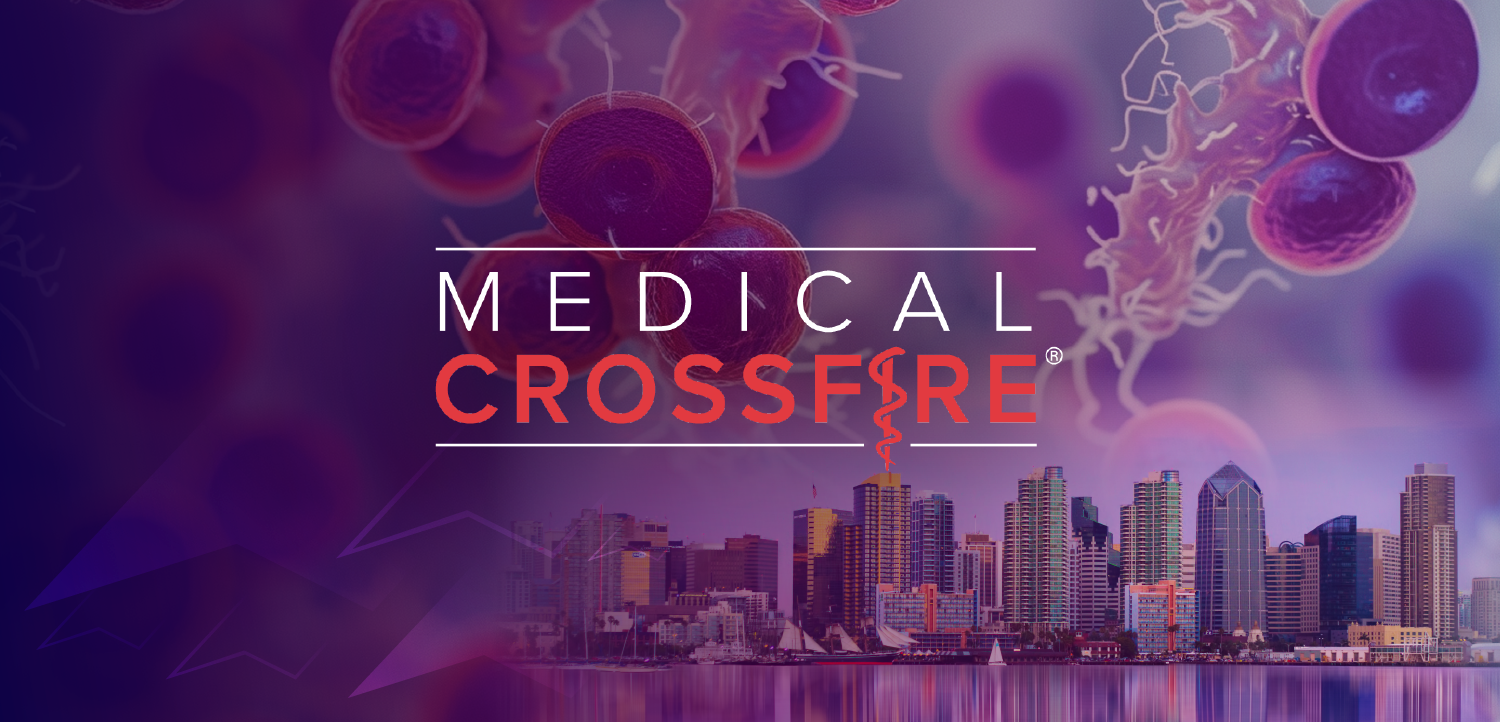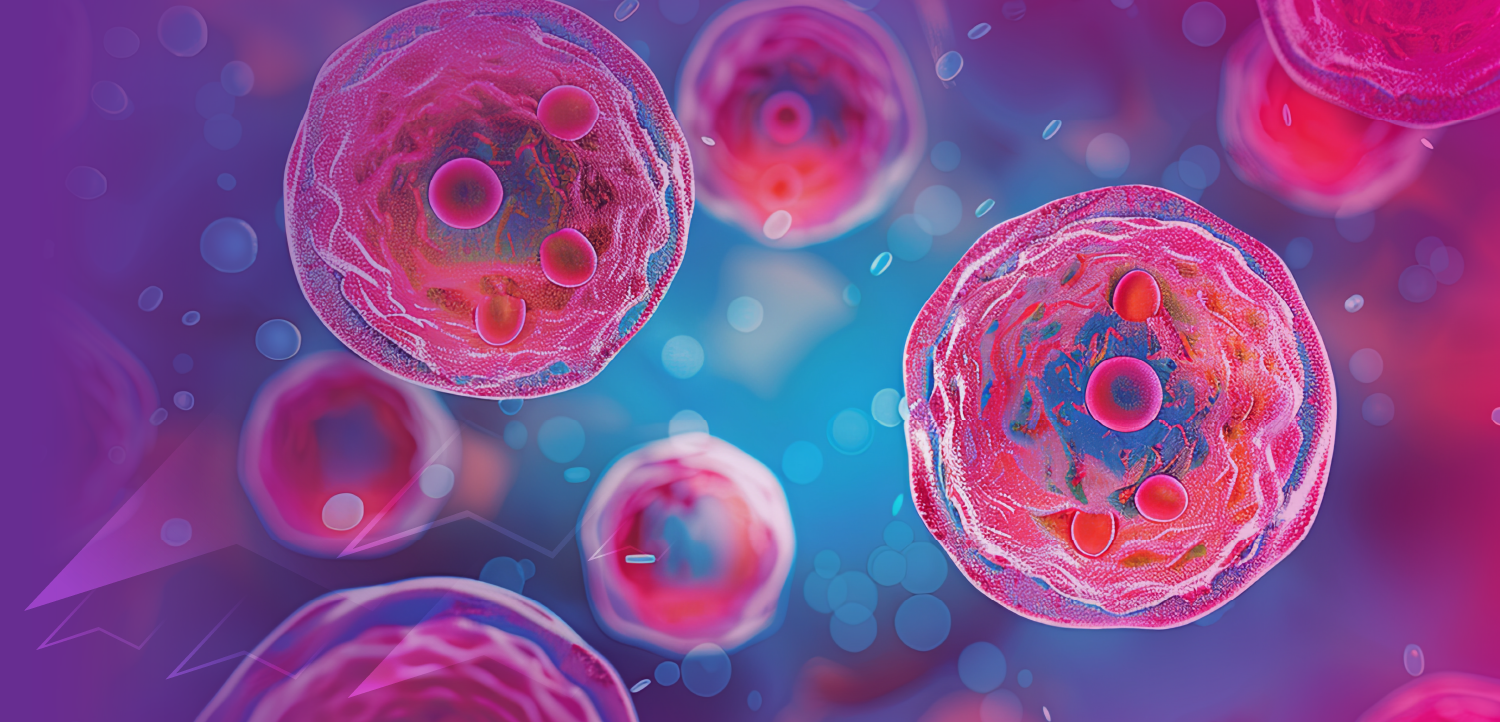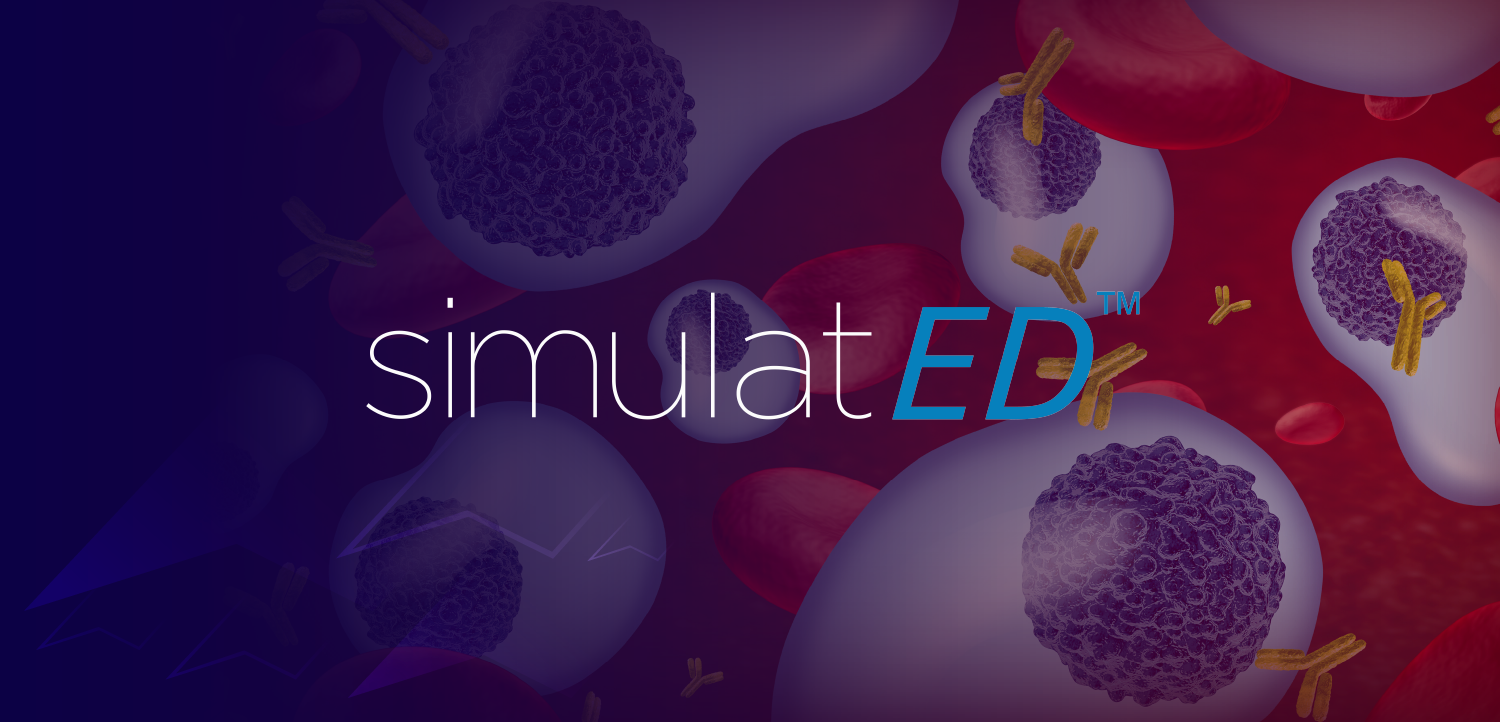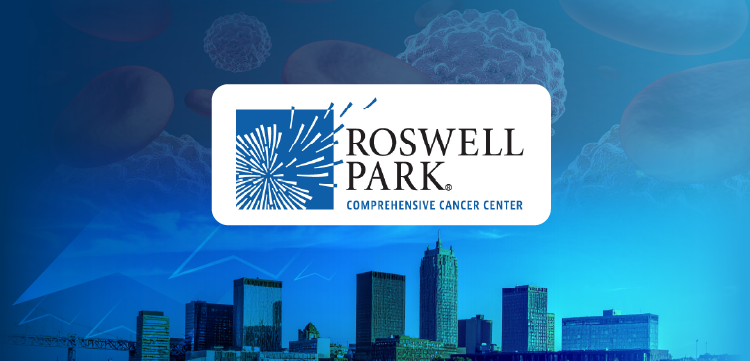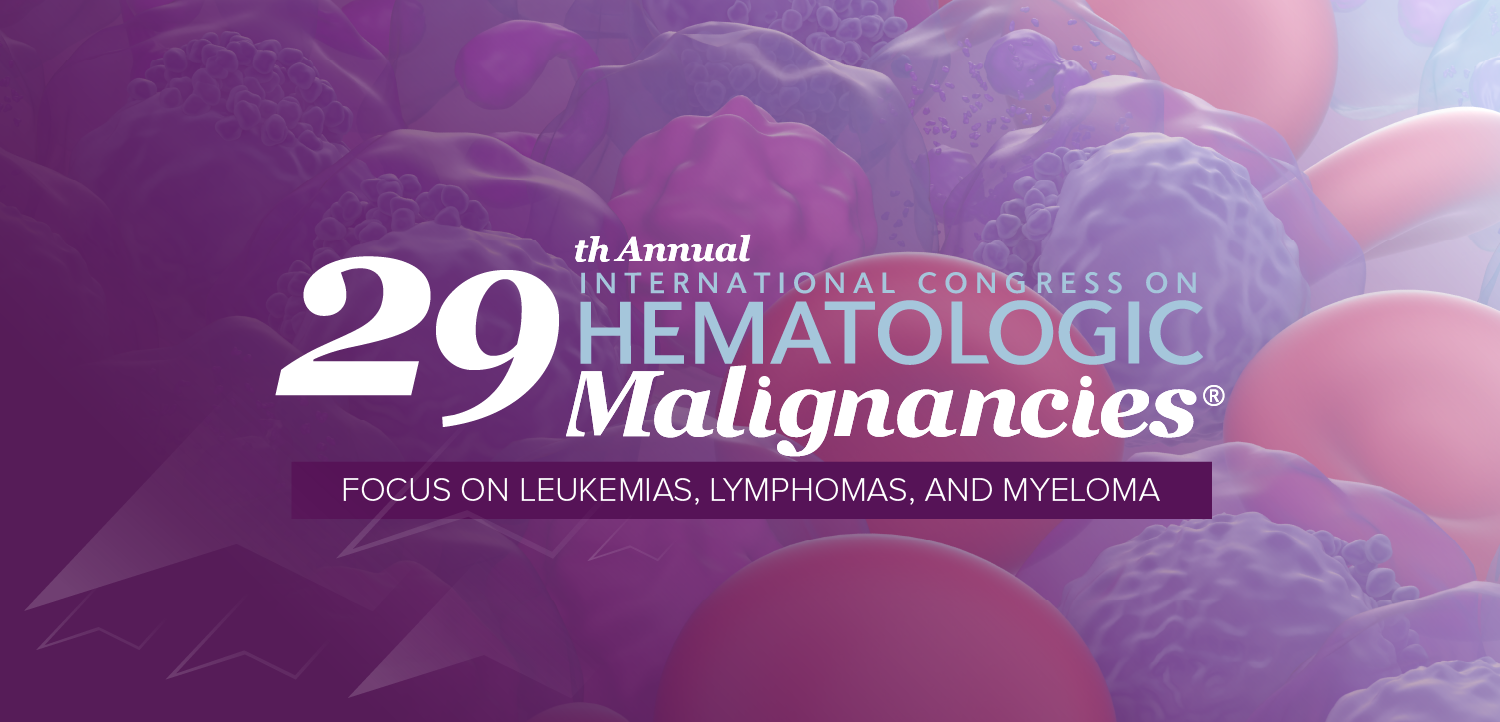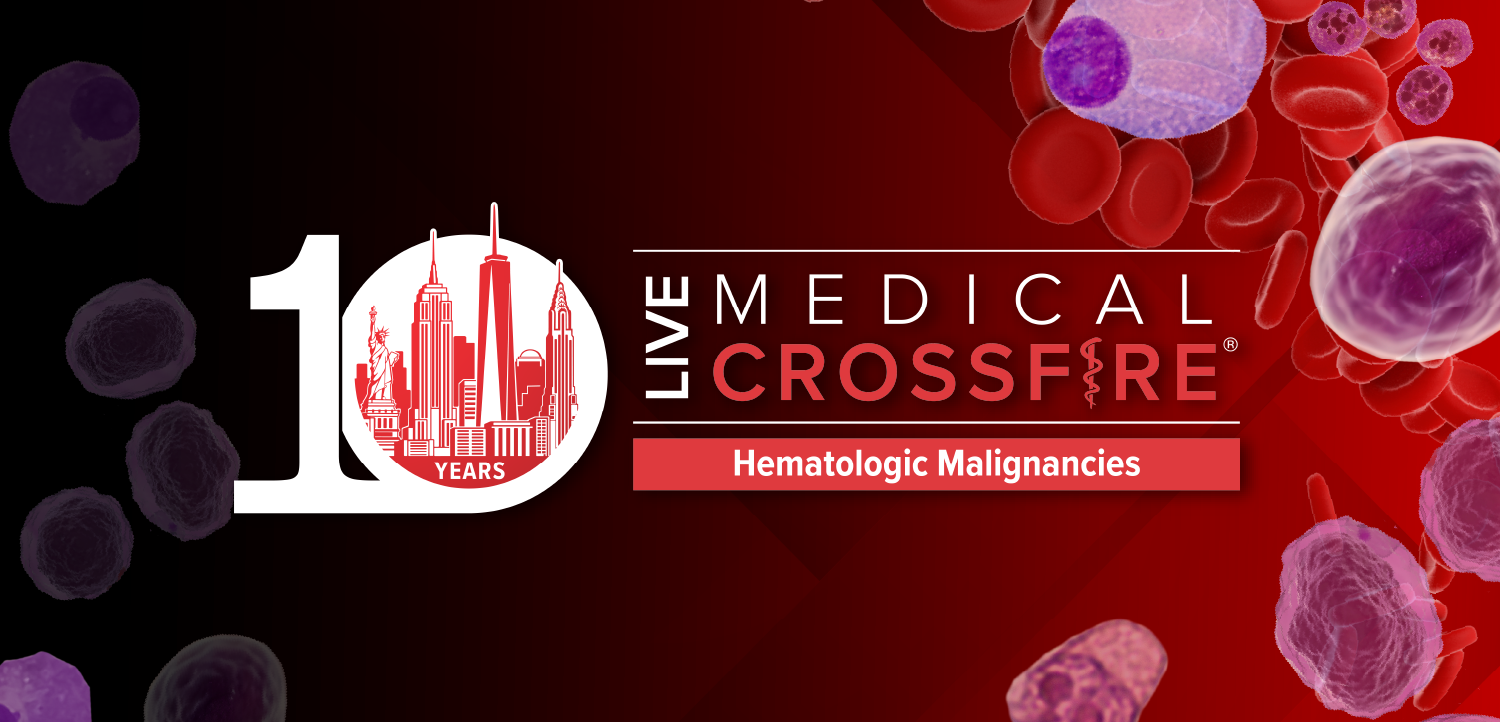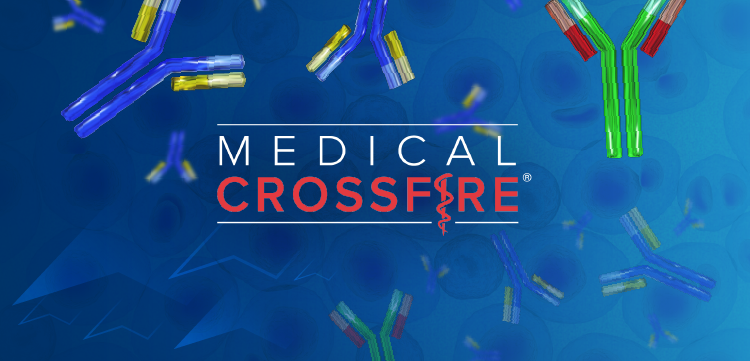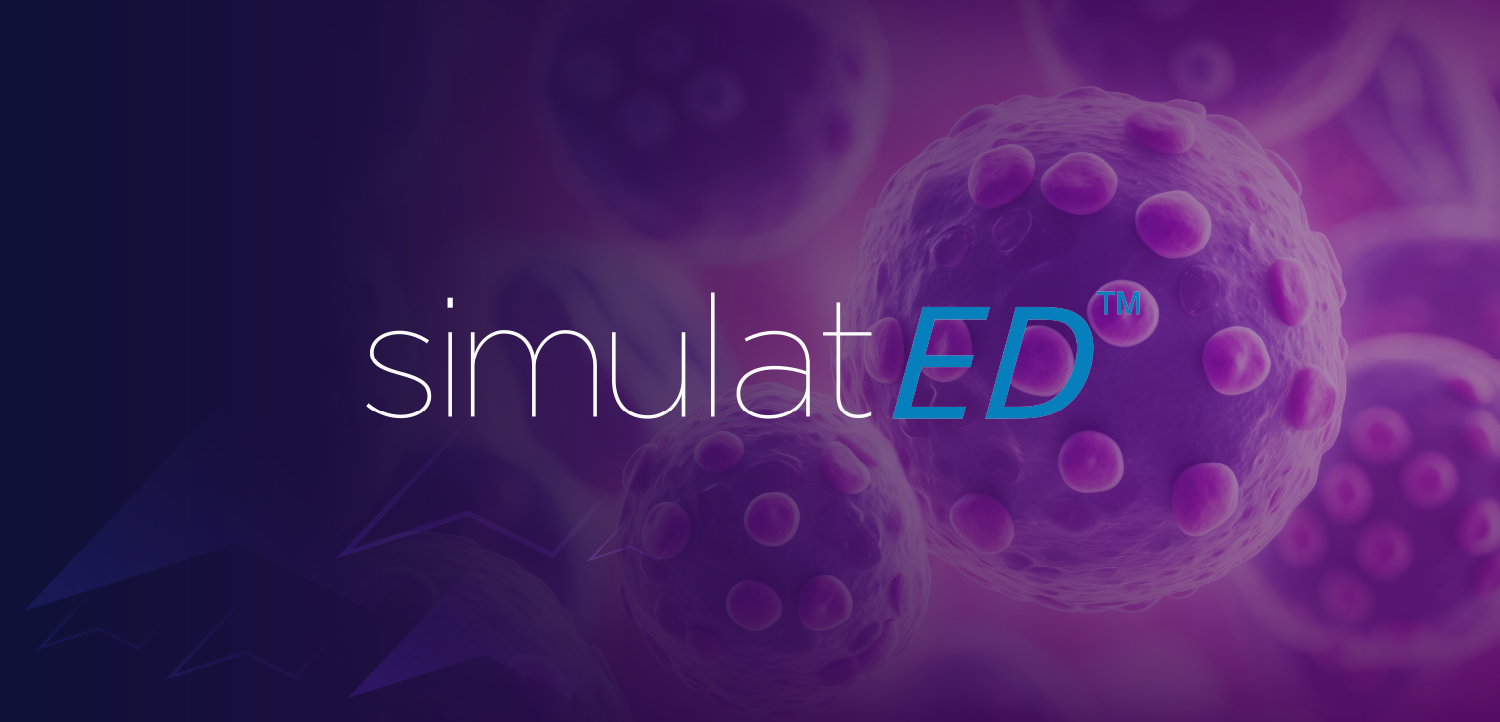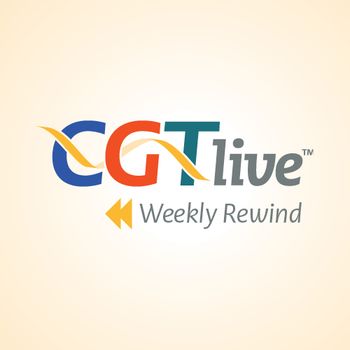
Eureka Therapeutics Sees Response in Metastatic Liver Cancer, a Step Forward With CAR-T Therapy in Solid Tumors
One patient saw a complete response, and the therapy was well tolerated, especially compared with the adverse effects sometimes seen with chimeric antigen receptor (CAR) T-cell treatment in blood cancers thus far.
In data presented at a meeting in Boston, Massachusetts, the biotechnology company Eureka Therapeutics has reported that 3 of 6 patients with liver cancer responded to its chimeric antigen receptor (CAR) T-cell therapy, marking one of the first times that this type of treatment has succeeded in patients with solid tumors.
The statement on the proof-of-concept study of the ET140202 T-cell therapy occurred in alpha fetoprotein (AFP)—positive patients with hepatocellular carcinoma, a common form of liver cancer. The results were presented at the CAR-TCR Summit based on work being done at Xi’An Jiaotong University in China. What’s more, the 6 patients showed no observed signs of cytokine release syndrome or drug-related neurotoxicity, and 1 patient, a 52-year-old man, had a complete response. The most common side effects were fever and fatigue.
At the data cut-off in July 2018, results involving 6 patients with pre-existing cirrhosis who have previously failed multiple lines of therapy showed the following:
- In vivo T-cell expansion, which indicates T-cell activation, was seen in all 6 patients.
- Reduction of the biomarker serum AFP was seen in 4 of the 6 patients.
- At the 5-month mark, the patient with the complete response saw his tumor shrink both in the liver and in the lung after multiple doses. Serum AFP returned to normal.
- Two other patients showed partial tumor regression, and 2 showed stable disease.
- Only 1 patient showed progressive disease.
- Of the 6 patients, 3 died due to non—drug-related complications of liver disease.
“Hepatocellular carcinoma is a cancer where we have had great difficulties finding effective treatments. This study shows early but important data in the possibility of targeting solid tumors using T-cell therapy,” Yuman Fong, MD, professor of the Department of Surgery at City of Hope National Medical Center in Duarte, California, said
The proof-of-concept study shows the potential viability of repeat dosing, combination therapy, and a higher dosing level, he said.
Newsletter
Stay at the forefront of cutting-edge science with CGT—your direct line to expert insights, breakthrough data, and real-time coverage of the latest advancements in cell and gene therapy.


